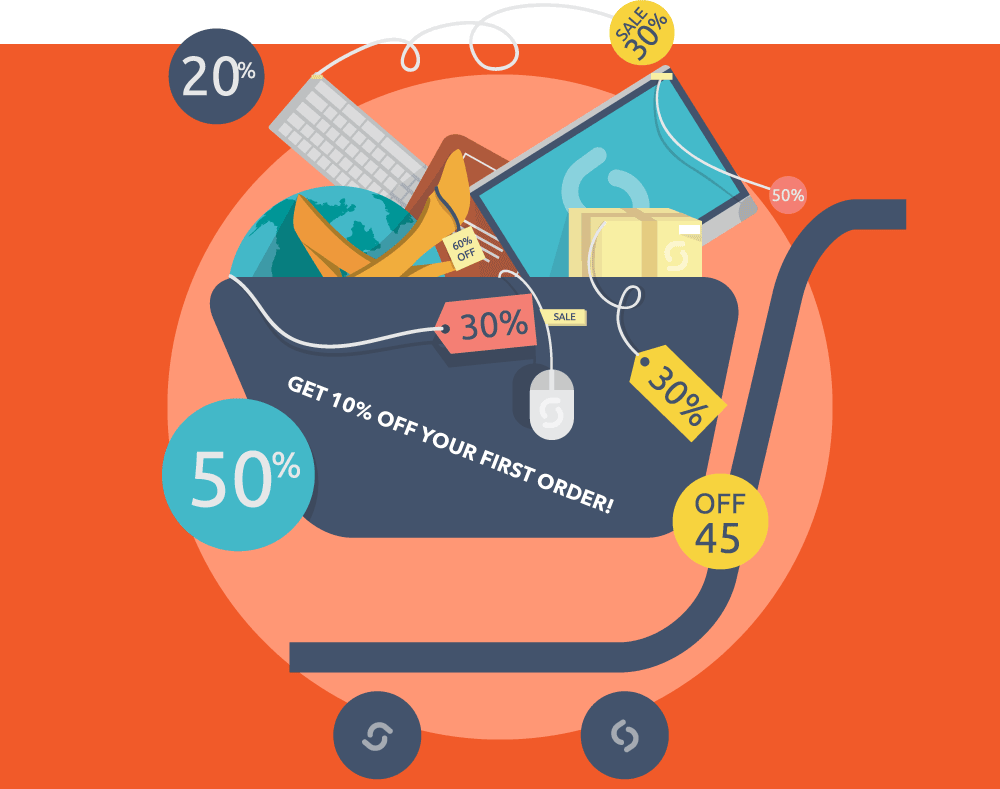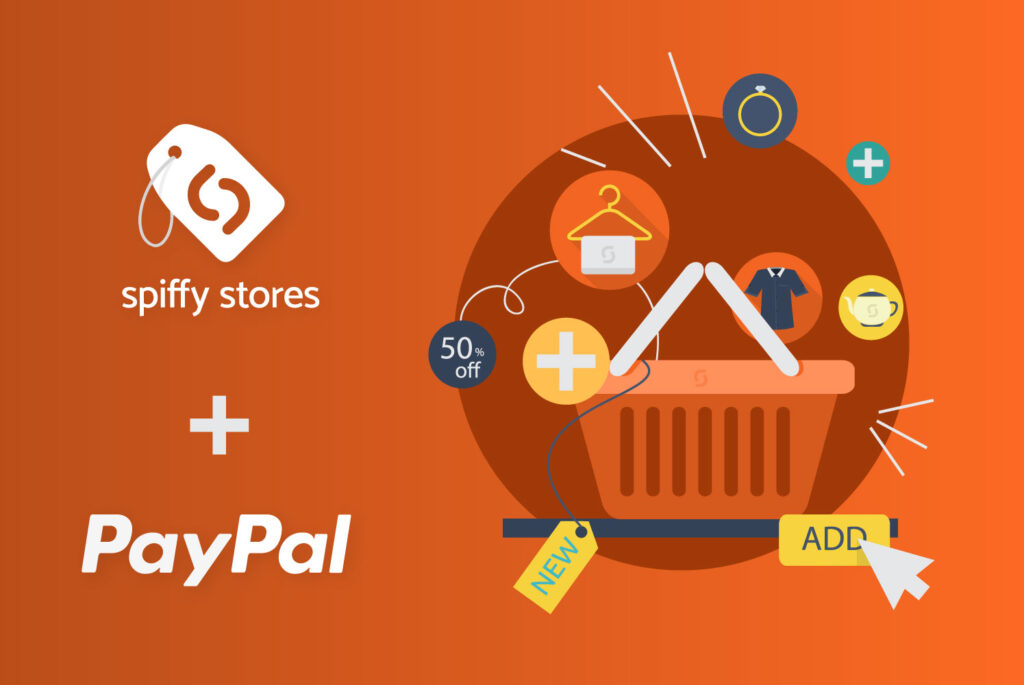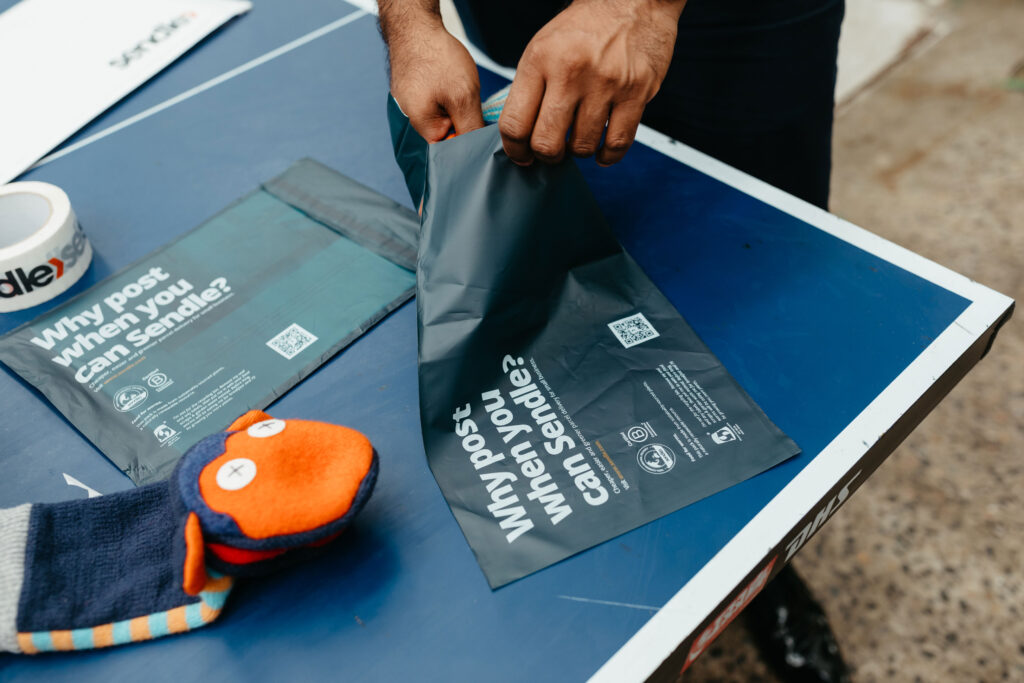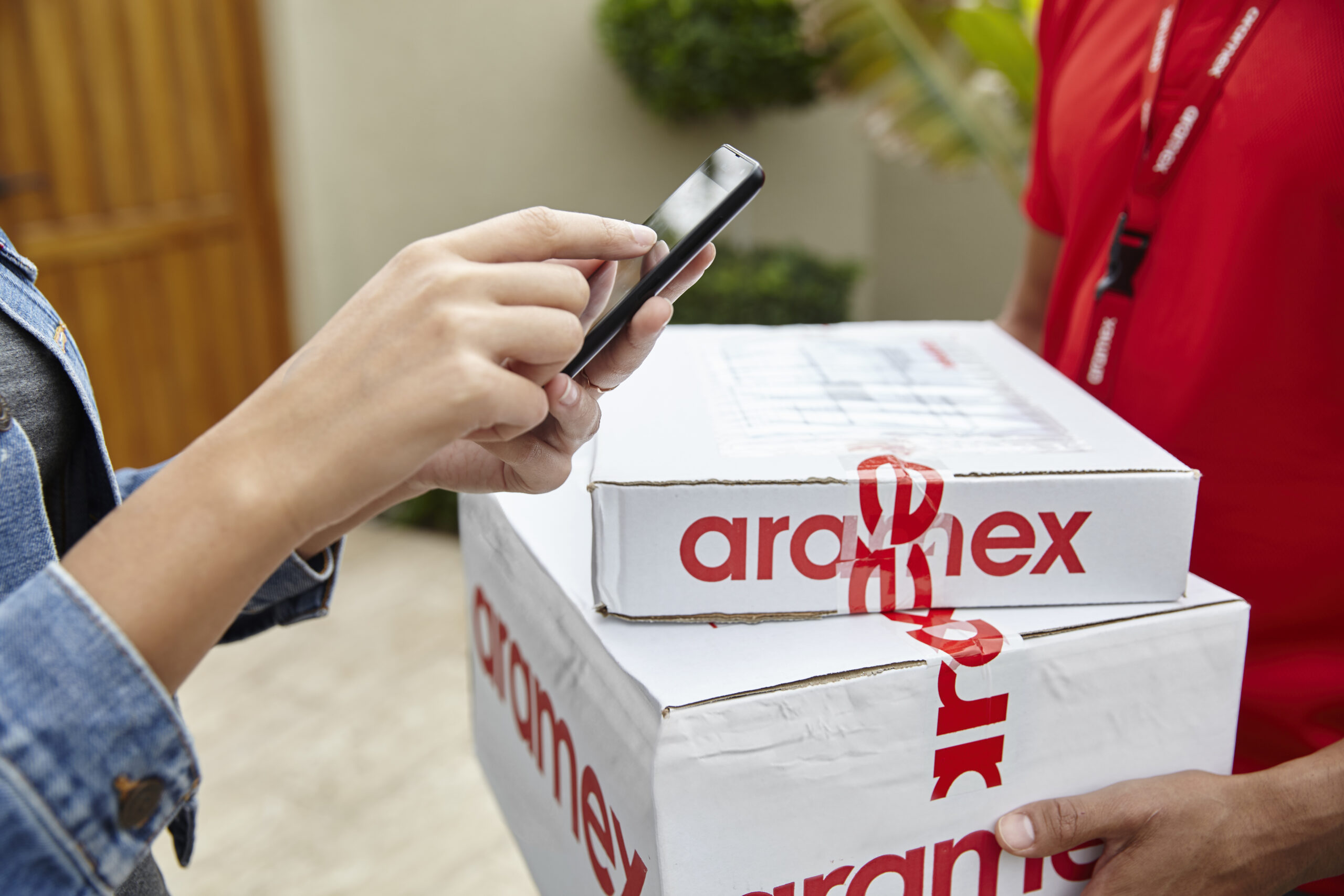
2025 is here and you’re going to see even more ways that Spiffy Stores is delivering real solutions that you need to run a successful ecommerce business.
One of our main focuses this year is Shipping – one of the most difficult things to get right in ecommerce.
To start with, let’s have a look at Local Delivery.
Delivering to your Local Community
You’re a small business, just starting out, and you might want to encourage sales in your local community. What better way to introduce yourself than by offering free or low-cost local delivery? So how is this done?
Using Checkout Rules for Local Delivery
You may not be aware of it, but Spiffy Stores has a very advanced rules-based feature that allows you to control various aspects of the checkout process. This feature is called “Checkout Rules” and is included in our Pro plan, but everyone else can add it to their existing plans for just $5.00 extra per month.
Amongst its features is the ability to control what shipping rates are made available to a customer when they checkout. You have a wide range of options available, such as being able to offer special discount shipping to your VIP customers or, in this case, offer free or low-cost local delivery to anyone who lives within a certain distance of your store location.
Getting the Distance Right
Now local delivery is not really such a unique feature – you’ll find something similar in most ecommerce platforms, but they’re all going to work much the same way by calculating the distance in a straight line.
Where Spiffy Stores stands out is that we now offer a distance calculation that calculates the distance based on the actual route needed to drive between the two points.
Here’s why this is important. If you want to cover a reasonably large area to offer local delivery, then you’re bound to run into situations where the straight-line distance is far less than the actual distance needed to drive to that location. This often happens in the fringe areas of a locality where there may not be a direct route to a particular location.
If you happen to get an order from one of these remote locations, then you’re probably going to make a loss on delivering the item to that location, and that’s something that you need to avoid if possible.
More Possibilities
Once you open up the idea of measuring the actual distance between your store location and the customer’s shipping location, some new possibilties can be considered.
For example, we’re currently looking at the idea of adding distance based shipping rates. This means that you’ll be able to create a shipping rate that is calculated using a fixed rate per kilometer using the actual driving distance between your store location and the customer.
If you think this is something that would be a benefit to your store, please let us know.








